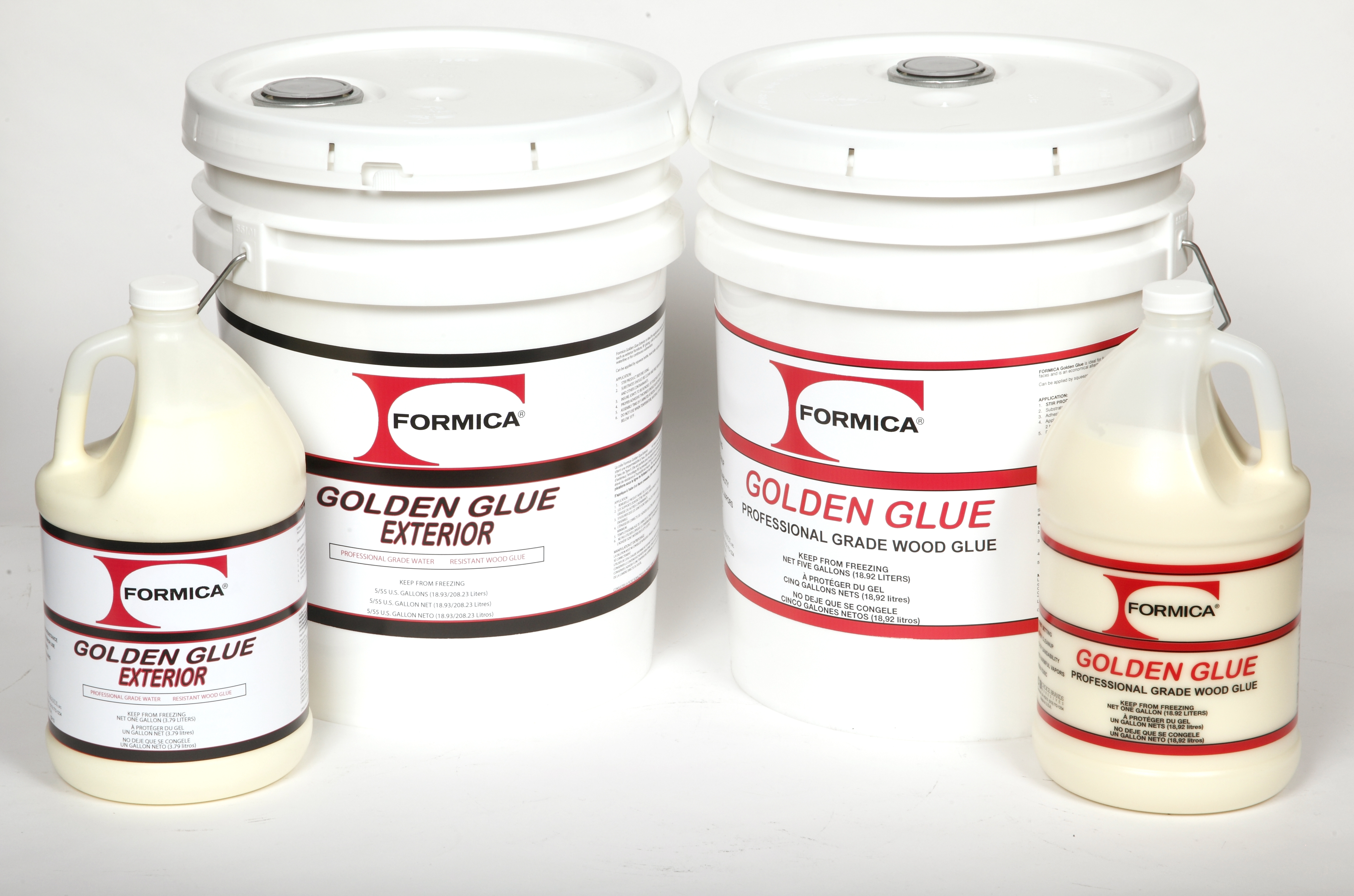March 28, 2016

We’re trying something new this week that we hope to make a regular thing here on the blog. At Atlantic Plywood, we have three specialty product managers; Sean McDonald- Lacquer, Ken Zarrella- Formica® Surfaces, and Joe Yvon- Formica® Adhesives. The three of them work with our Branch Product Specialists (Lacquer, Surfacing & Specification) and Outside Sales Reps to not only grow these product lines, but also help our reps become product experts and resources for our customers. They have an incredible wealth of knowledge that we want to tap into here on the blog where they will address some frequently asked questions and common concerns they come across in their travels. If you have something specific you would like them to help out with, comment here or send an email to info@atlanticplywood.com
First up is our newest product manager- Joe Yvon. Joe joined Atlantic Plywood last August as our Formica Adhesive Product Manager and came with more than 13 years experience in the plywood/distribution industry. Joe has spent a significant amount learning about adhesives and traveling with our Outside Reps to learn about our customer’s needs and issues.

Q1: Are there any significant differences between the leading brands of Type 1 and Type 2 PVA wood glues?
A1: For the most part wood glues are very similar when you are talking about a Type 1 (interior) or Type 2 (exterior) carpenter’s glue. The original formulation, which is mostly PVA glue and water, is 80 to 90 years old. Between competitors, the solids content, thickness viscosity, and set up times are very similar. The basic formula of the original Type 1 and Type 2 PVA Wood Glues has remained unchanged, as it has performed well over time. At Atlantic Plywood we stock Formica Adhesives and their Golden Wood Glues. Formica 714 is our Type 1 interior golden glue and Formica 716 is our Type 2 exterior golden glue. There is no performance difference between yellow and white glue- the only difference between the two being the addition of yellow dye to the yellow glue.
The leading brands of interior and exterior wood glue are sold in big box stores and hardware stores throughout the county. As with many mattress and furniture companies, much of the mark-up in retail products comes from marketing and promotional costs. Buying directly from Atlantic Plywood & Formica, you should see decent savings on your wood glues.
Q2:Â Your contact cement is more expensive, why should I buy from you?
A2:When buying contact cement, the performance of the product is obviously a top priority, but when you go beyond that, you need to look at the bonded square foot price of the product. When I initially talk about this product with our customers, they talk about their pail price or their price per gallon. If you are paying $90 for a 5 gallon pail from a competitor, why would you consider our 5 gallon pail at $150? It is important to look a little deeper and peel back the onion a bit to compare the solids content (the actual glue) and the coverage rates of the two products. Your $90 pail may contain 17% solids and give you 131 bonded square feet per gallon at cost of about 14 cents per bonded square foot. Whereas my $150 dollar pail is 36% solids and gets 275 bonded square feet per gallon which comes out to a cost of about 11 cents per bonded square foot. In this instance, the $150 pail could save you more than 20% in glue costs versus the $90 pail. Where wood glues are very similar and pricing differences are dictated by marketing and advertising, with contact cement, it is important to consider the performance and coverage of the same size product.
Joe can be reached at 339-223-2025 and jyvon@atlanticplywood.com


